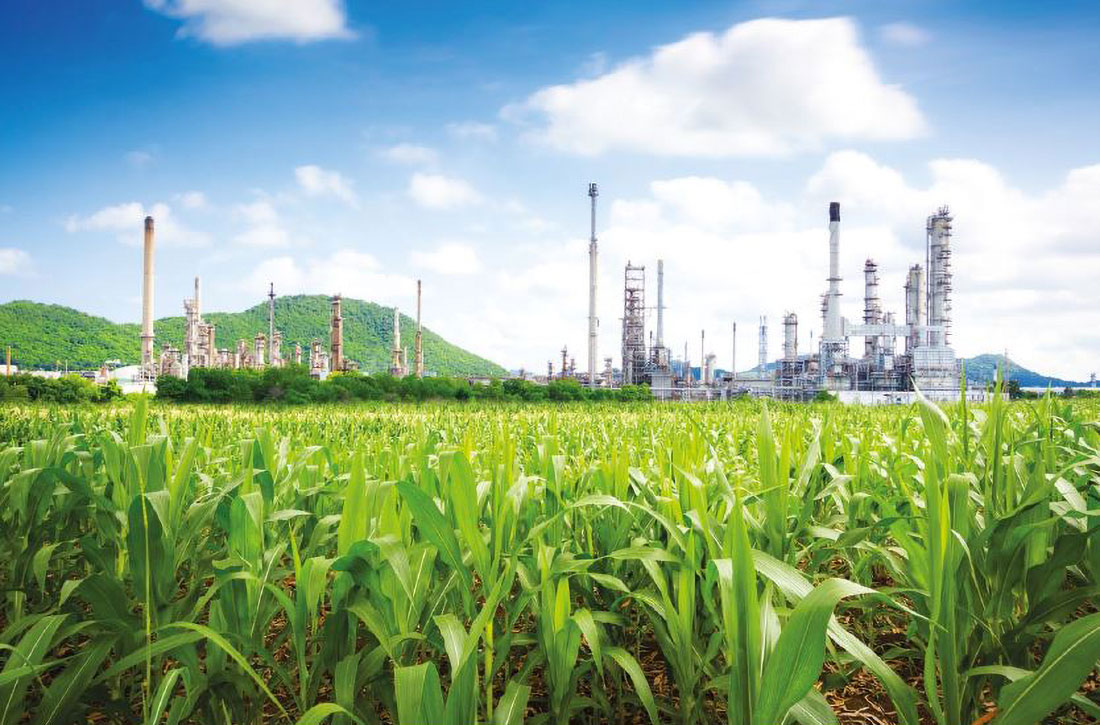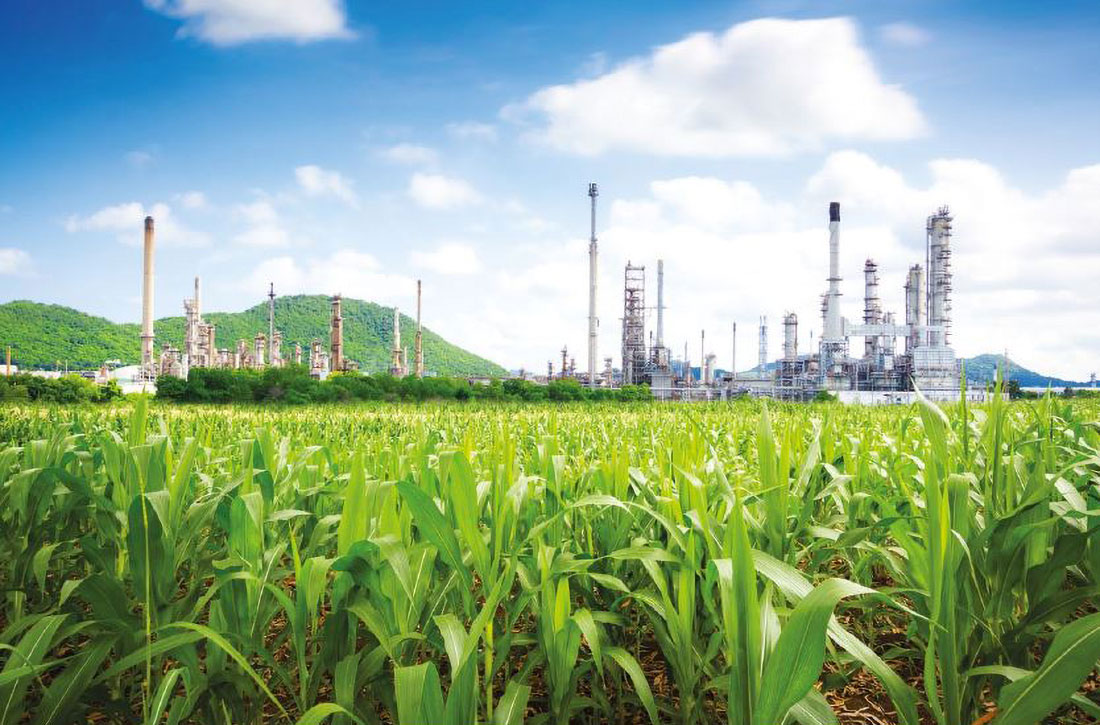
By David Sear
Mr. Kuldeep Singh kick-started his career in instrumentation as an operations and maintenance engineer in a chemicals plant in India. He then worked for Siemens India before joining Haldor Topsoe in January 2009 as a senior instrumentation engineer.
Today, as Group Manager-Global Instrumentation, his primary focus is on ensuring the smooth functioning of his team, yet he still frees up time to help address challenging technical issues.
For the outsider, the instrumentation discipline can appear to be vast and varied. Fortunately, Mr. Singh is one of those articulate experts who can break down subject matter into much more easily digestible portions. Says Mr. Singh: “the instrumentation discipline can be divided into three main components. Firstly we have field instruments which can be further subdivided into categories such as sensors, switches and final control elements – including control valves and shut off valves. The second top-level component concerns process control systems. These are nowadays mostly DCSs, or distributed control systems to give them their full name. DCSs are popular because plant operators can easily enter the set points required for different process parameters. Moreover, operators can quickly spot any emerging trends, such as temperature increases. The third main component concerns safety and so includes for example emergency shutdown systems, or ESDs. ESDs require their own set of dedicated field instruments to generate appropriate signals. Based on a predefined programme, the ESD system can then trigger certain actions in the field. For example, the quick closure of shut-off valves to ensure plant safety.”


